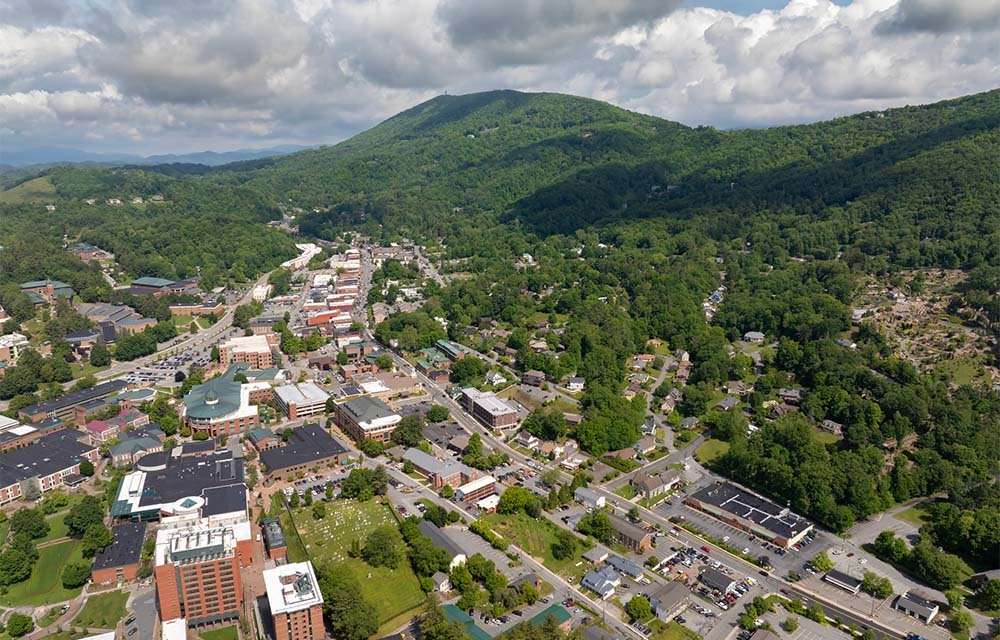In communities throughout the Fifth District and across the country, the share of income needed to afford the median home has risen beyond 30 percent in recent years. Although rural areas tend to have lower cost of living and more available land than cities, many rural communities still struggle with housing affordability. Rural housing stock tends to be older, and many homes may be dilapidated with absentee landlords. When it comes to expanding the supply of rural homes, available land may be ill-suited to homebuilding due to topography, and connecting new homes to existing infrastructure may be more costly than in densely populated areas. Local developer and construction capacity also tend to be scarcer than in urban areas due to lack of scale. And there may be community resistance to growth driven by desires to maintain local character.
Rural areas interested in overcoming these challenges and improving home affordability have adopted a variety of strategies, including:
- Making land available through housing trust funds or land banks. The West Virginia Land Stewardship Corporation and Nitro Land Reuse Authority are examples of organizations working to repurpose abandoned property for new development.
- Attracting developers and investment with local support. For example, the New River Valley used an intermediary organization to coalesce regional needs and resources, bringing scale to the table.
- Tackling construction costs with financial incentives. Wise County, Va., created incentives for the renovation, rehabilitation, or replacement of residential and commercial properties.
- Utilizing alternative housing types or converting nonresidential structures into housing. Carroll County, Md., deployed adaptive reuse of existing buildings (like old schools) combined with creative layered financing to expand the supply of affordable rental housing.
- Streamlining the local processes and regulations.
Have ideas? Let us know!
















